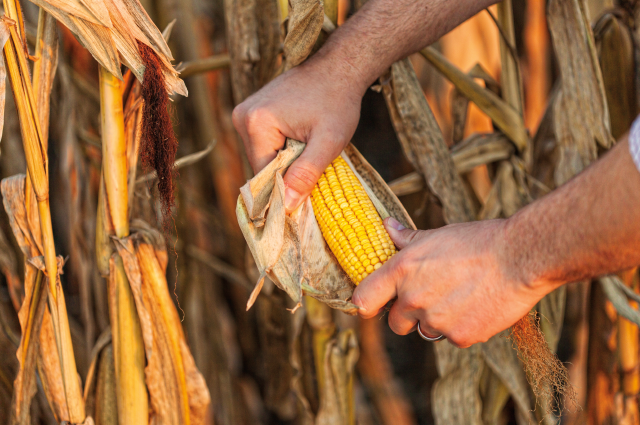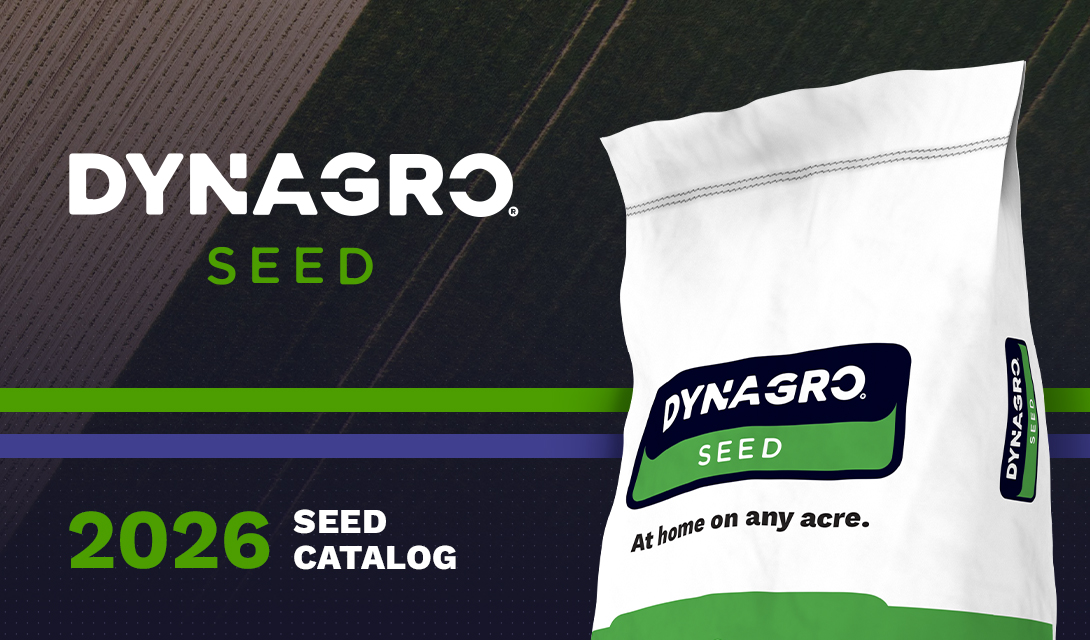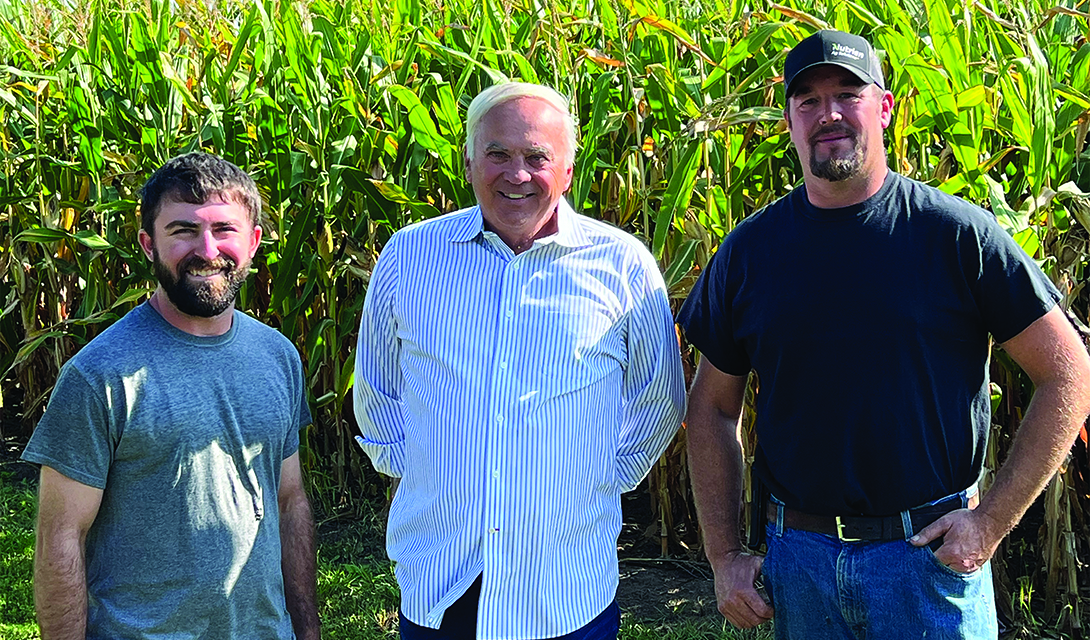Diagnosing Corn Seedling Problems
This is the time of the growing season for questions on corn emergence and seedling problems. Weather factors, soil conditions, insect damage, plant diseases, fertilizer and pesticide injury, or combinations of these factors may lead to emergence or seedling problems. It is important to carefully and completely evaluate what is seen in the field. For an accurate diagnosis, it may be necessary dig up plants to allow examination of roots and shoots. Always check the distribution of affected plants within the field and consider all possible causes. The following checklist should help you check all the possibilities of problems commonly seen in corn fields from emergence to the eight leaf stage.
No Seed:
- Planter malfunction
- Eaten by rodents or birds.
Normal Seed Appearance - Not swelled:
- Soil temperature to low
- Soil too dry for germination to occur
- Poor seed to soil contact, Seed quality
Normal Seed Appearance - Seed swelled but not sprouted:
- Soil temperature too low
- Too dry or too wet
- Fertilizer burn
- Herbicide damage
Seed Dead or Decaying:
- Seedling rots or blights
- Fertilizer injury, Pesticide injury
- Excessively wet or flooded soil
- Seed quality
Seed Physically Damaged:
- Planter malfunction
- Seed corn maggot
- Seed corn beetle
- Wireworms
- Thief ant
Seed Sprouted, Twisted or Leafing Out Underground:
- Crusted, cold or cloddy soils
- Seed planted too deep
- Fertilizer injury
- Pesticide injury
Uneven Emergence:
- Poor seedbed, seed planted into dry soil.
- Excessive planter speed, planter adjustments.
- Deep planting, Seedling diseases.
Seedlings Dug Up:
- Birds or Rodents
Leaves shredded:
- Wind Damage, Sandblasting or Hail
Uneven Growth:
- Weather conditions, Dry soils, wet soils, Poor seedbed, seed planted into dry soil.
- Excessive planter speed, planter adjustments, Seedling diseases, Low fertility.
- White grub, rootworm, root aphid, webworms, nematodes.
- Fertilizer or Pesticide injury, Secondary root development delayed.
Discolored, Spotted, Striped or Dead Leaves:
- Nutrient deficiencies. N, P, K, Fe, Mg, Mn, Zn
- Soil pH
- Wet, compacted or cold soils
- Insect or nematode damage to roots
- Seedling diseases
- Pesticide injury from application or carryover
- Anhydrous burn
- Mechanical injury
- Frost, Wind or Sunscald damage
- Hybrid genetics
Leaves rolled or wilted:
- Dry soil
- Insect damage to roots
- Cultivator blight
Leaves rolled or twisted:
- Pesticide injury
- Temperature variation
Leaves and/or Stalks Eaten:
- Animal damage, Insects damage
Side-By-Side Differences:
- Planter malfunction
- Previous cropping practices
- Change in chemicals and/or the rate applied
- Use of wrong planter plates with one hybrid
- Change of planter adjustment, (sprockets)
- Each hybrid planted with different equipment
- Difference in hybrid genetics
Root damage:
- Rootworms, grubs, wireworms, nematodes.
- Pesticide or Fertilizer injury, Mechanical damage.
Skips and Thin Spots in Field:
- Excessive planting speed
- Furrow opener clogged
- Wrong seed plate
- Groove in floor plate
- Worn seed plates
- Knocker/cutoff worn
- Weak cutoff spring
- Broken chain, wrong sprockets
- Worn runner/openers
- Misadjusted finger pickups
- Wrong air setting, Wrong vacuum
- Wireworms, Seed corn beetle, Seed corn maggots, Pheasants, Gophers, Mice, Thief ants, White grubs or Cutworms
- Cloddy seed bed
- Planted too shallow
- Planted too deep
- Wet or Dry areas
- Alkali areas
Uniform Poor Stands:
- Soil compaction
- Soil too dry
- Wrong sprocket setting
- Soil too wet
- Cold soil
- Poor seedbed
- Excessive planting speed
- Frost or hail injury
- Fertilizer in contact with the seed Improper planter maintenance Seed quality issue
Individual results may vary, and performance may vary from location to location and from year to year. This result may not be an indicator of results you may obtain as local growing, soil and weather conditions may vary. Growers should evaluate data from multiple locations and years whenever possible. Dyna-Gro® is a registered trademark of Loveland Products, Inc. Featured logos are service/trademarks of their respective owners.




